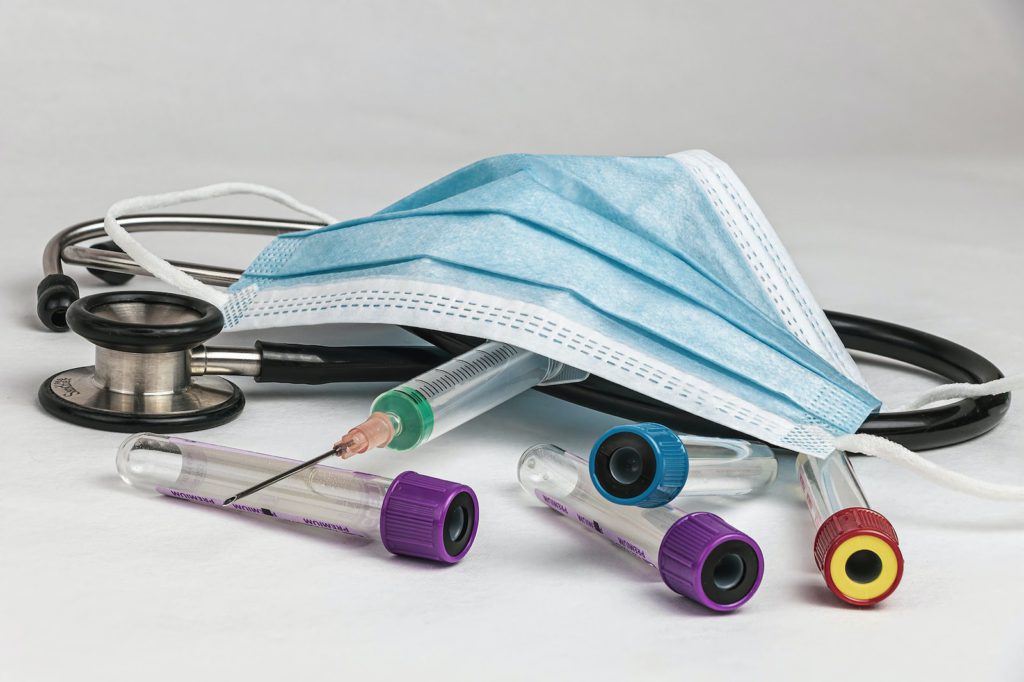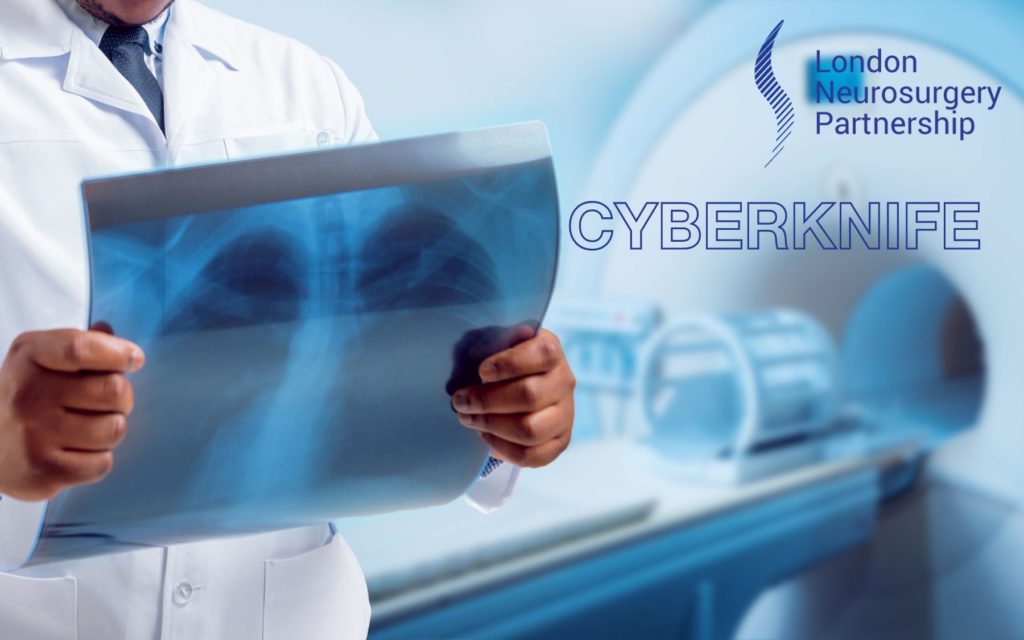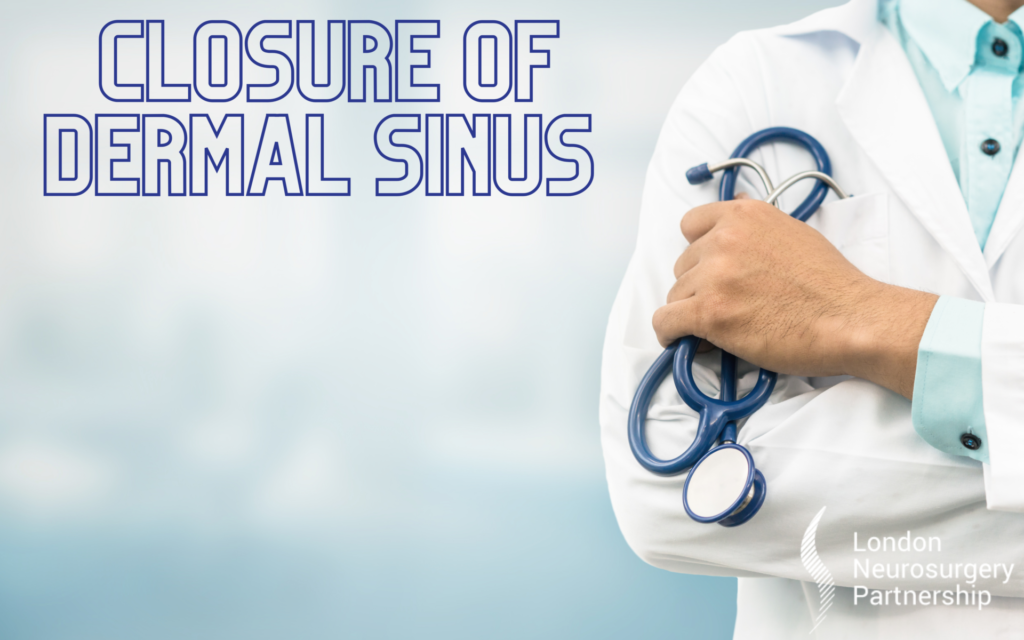
How does radiofrequency ablation work?
Radiofrequency ablation is a procedure which can be used to treat back and neck pain as well as peripheral nerve pain and pelvic pain. It is minimally invasive, requiring no incision at all just very fine needles. It is performed under x ray guidance and works by heating the nerve tissue which is sending pain signals to stop these signals being transmitted, thereby reducing pain.
Radiofrequency ablation is a safe procedure and has minimal risks. It is an effective and for some, a life changing procedure that has few complications and the benefits far outweigh the risks. Here are some of the possible risks:
- Infection
- Numbness
- Neuritis
- Bleeding
- Neuroma
Your consultant will discuss the risks with you in detail before the procedure and will inform you of all the risks, complications and benefits of radiofrequency ablation.
The procedure
First up, local anaesthetic will be applied to numb the area where you are experiencing pain. A low dose of sedative may be used but you will be awake during the procedure but you will not feel any pain.
During the procedure a thin needle is guided by x-ray towards the area of pain. A microelectrode is passed through the needle towards the targeted nerve tissue. The microelectrode will burn the nerve tissue that transmits the pain and destroy the pain signal. The procedure can take 30 – 45 minutes or longer if there are more areas of pain to cover.
After the procedure you will be taken to a ward to recover. You will be able to walk after the anaesthetic has worn off. You will be able to go home the same day, but you must not drive. A follow-up consultation will be made for you to review the procedure and your symptoms.
The pain relief can be different for each person because it depends on the location and how bad the pain is. Usually it will last from 9 months onwards, sometimes it can be years. It is effective in 70% of people and the treatment can be repeated is need be.
This article is intended to inform and give insight but not treat, diagnose or replace the advice of a doctor. Always seek medical advice with any questions regarding a medical condition.





0 Comments